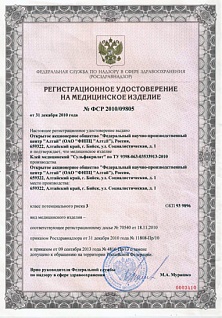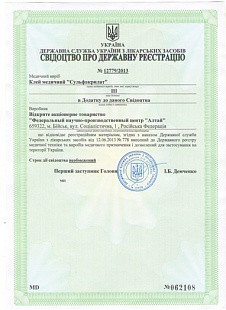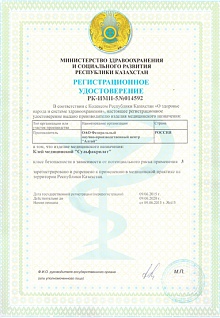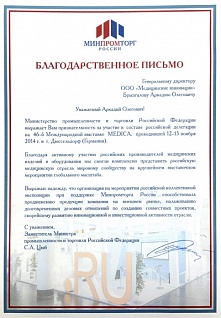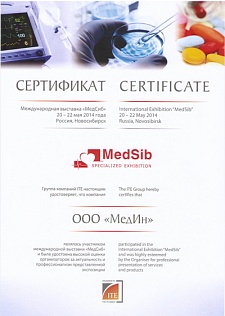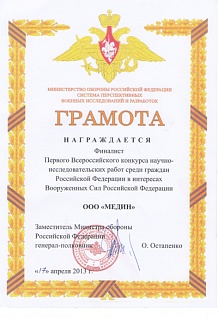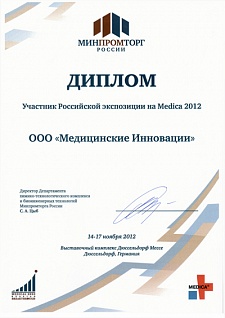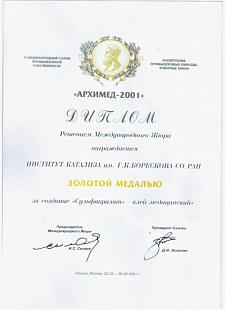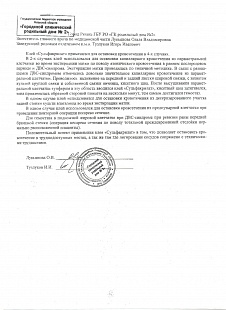Abdominal Surgery
"Sulfacrylate" in abdominal surgery
Medical glue "Sulfacrylate" is successfully used for various injuries of hollow organs - urethra, stomach, small and large intestine, bladder, excluding a number of complications that often occur when using seams. The fact is that the pathological process with abdominal injuries often occurs in conditions of peritonitis, which means that the thread is also infected, which ultimately leads to inflammation. "Sulfacrylate" provides primary healing of the area of damage in the case of torn, ripped-bruised and cut injuries.
Prior to the introduction into medical practice, the glutinous composition "Sulfacrylate" underwent a thorough morphological study in an experiment on small and large laboratory animals, and then specialists studied its effect on the tissues of hollow and parenchymal organs.
Traumatic injuries of the abdominal cavity (liver, pancreas, kidneys, spleen) can be attributed to the most common types of injuries. Their feature is that they are accompanied by massive bleeding, which can lead to the death of the affected. Therefore, the question of the reliability of hemostasis, despite the abundance of methods for stopping bleeding, is particularly acute.
How is "Sulfacrylate" applied to injuries, congenital anomalies and complications after surgery?
-
In the case of superficial damages of the parenchymal organs and the bleeding from them, "Sulfacrylate" is used as the main haemostatic agent. If the lesions are extensive, the drug is used in the final stage of surgery, for example, after sutureing the parenchyma of the injured organ and ligating large vessels in this zone. The use of glue makes it possible to obtain reliable, definitive hemostasis.
-
"Sulfacrylate" is successfully used in sealing the duct system of the pancreas and stopping bleeding, as it copes with stopping bleeding and does not allow the spread of the secretion of the pancreas into the abdominal cavity.
-
Glue can be used as strengthening of anastomosis zones in patients with congenital anomalies of the small intestine, cystic and diverticular doubling forms.
-
"Sulfacrylate" makes it possible to treat the lumbar lobe and stop local capillary bleeding in case of surgical interventions in patients with anomalies of gallbladder development, cholelithiasis, phlegmonous cholecystitis. This excludes bleeding from the treated area and leakage of bile.
-
"Sulfacrylate" showed itself well in children's practice, being used in performing organ-saving operations in patients with peptic ulcer disease. The glue, in contrast to the seams, provides a consistent anastomosis when performing the suturing of the perforation in the presence of severe perifocal infiltration, and also does not prevent the passage of the contents along the gastrointestinal tract (the sutures can narrow the lumen of the intestinal tube).
-
Glue is also used to seal the edges of the infiltrated wound and strengthen the joints when the abdominal cavity of the patient is infected.
Thus, using the medical glue "Sulfacrylate", specialists relieve themselves of the need to perform surgical interventions in several stages, and patients - from prolonged stay in the clinic after them.















